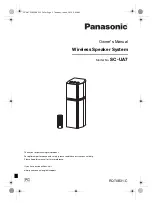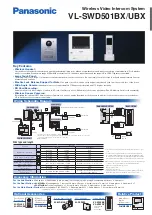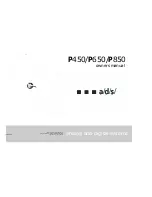
11
performance of each frequency way, control the power applied to each speaker
and take care of preset phase adjustments, in order to result in a correct
phase sum of the different bands.
2.1.- DP-3 SYSTEM
The
DP-3
system
features
three
active
ways.
Its
basic
configuration
is
formed of:
One DP-SB1, one DP-SB2, and one DP-H per channel.
To power the 18” speakers of the DP-SB1 and DP-SB2, we use one channel of
the Musicson HE-1202 professional power amplifier, featuring 1200 W rms per
channel. Both speakers are wired in parallel through the rear panel of the
enclosure.
To power one 12” speaker, we will use one channel of the Musicson P-804
professional amplifier,
featuring
800
W
rms
per
channel.
The
2”-driver
of
the DP-H will be powered through another other channel of this amplifier.
Thus, for a minimum stereo configuration, we will need a flight case that
includes
one
Musicson
HE-1202
and
one
Musicson
P-804
amplifier.
Both
are
preset at the factory for optimum performance.
The
flight
case
has
the connections for signal input and speaker power
output, as well as the mains connector, mounted on a chassis on the front.
On the rear, a second chassis serves exclusively to connect this flight case
to the extension unit, featuring two signal outs for the bass signal and an
additional “Schuko” socket to supply power to this power extension unit.
Furthermore,
the
signal
processor
ISP-1014
shall
be
used
together
with
the
power
amplifiers,
as
they
are
specifically
designed
to
optimise
the
system’s
performance.
This
processor
includes
an
active
three-way
filter,
configured
with
24
dB/oct
Linkwitz-Riley
filters,
with
both
high
pass
and
low pass, optimised to improve the frequency response of all three ways. It
also includes a fourth active high pass filter that serves to effectively
and
quickly
equalise
the
highest
frequencies
(from
10
to
20
kHz)
of
the
high-frequency way.
It
also
counts
on
independent power control circuits for each way with
attack
and
release
thresholds
adjusted
to
each
frequency
margin,
avoiding
the “pumping” effect when the system is working at full performance.












































